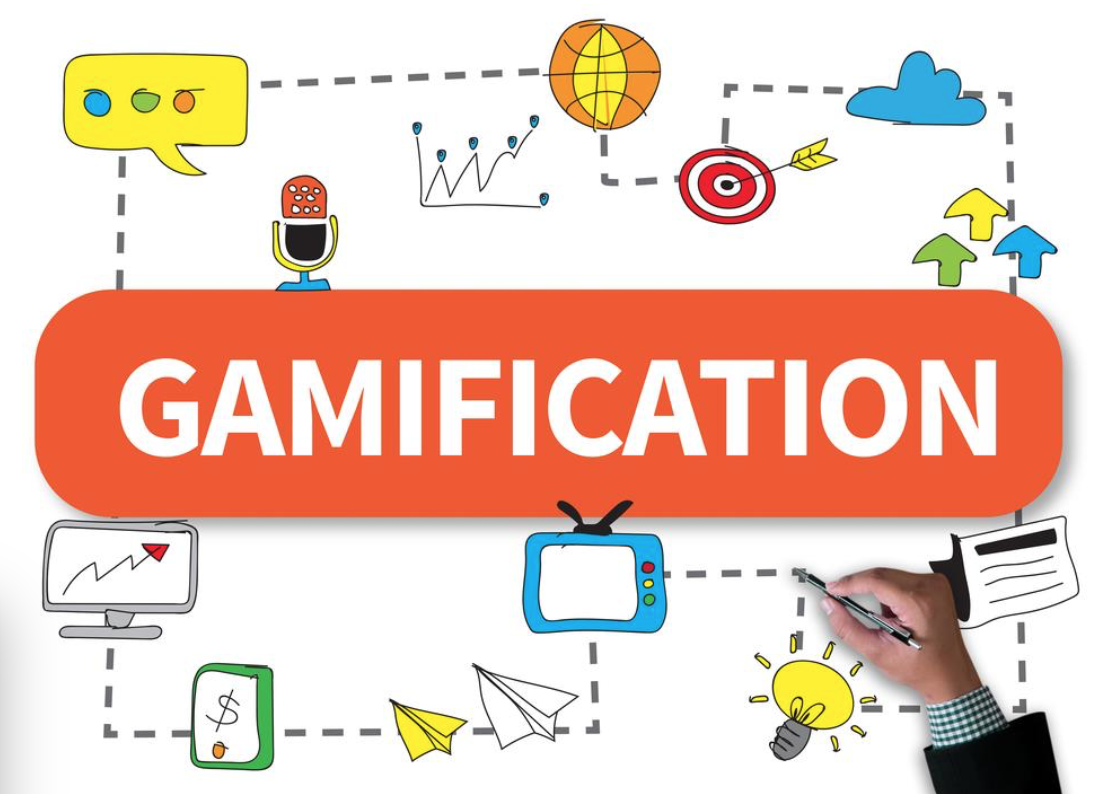Things You Should Know About Gamification Marketing

In the ever-evolving landscape of digital marketing, businesses are constantly exploring innovative strategies to capture the attention of their audience. One such approach that has gained significant traction is gamification marketing. Gamification involves integrating game-like elements into non-game contexts to engage and motivate users. This powerful technique has proven to be an effective way to drive customer participation, enhance brand loyalty, and boost overall marketing efforts.
Engagement is Key:
Gamification is all about engaging your audience. By incorporating elements like points, badges, leaderboards, and rewards, businesses can create a more interactive and enjoyable experience for their customers. This heightened engagement not only captures attention but also encourages users to spend more time interacting with the brand.
Understanding Your Audience:
Successful gamification requires a deep understanding of your target audience. Tailoring the game mechanics to match the preferences and behaviors of your audience ensures a more personalized and effective marketing strategy. Whether your audience is motivated by competition, achievement, or collaboration, aligning your gamified elements with their interests is crucial.

Clear Objectives and Goals:
Before diving into gamification, it’s essential to define clear objectives and goals. What do you want to achieve with gamification marketing? Whether it’s increasing user engagement, driving sales, or fostering brand loyalty, having well-defined goals will guide the design and implementation of your gamified strategy.
Seamless Integration with Brand Values:
While gamification is a powerful tool, it’s important to ensure that the game elements seamlessly integrate with your brand values and messaging. Consistency in branding fosters trust and reinforces the connection between the game and your product or service, preventing any disconnect that may confuse or alienate your audience.
User-Friendly Design:
The success of gamification marketing relies heavily on the user experience. A user-friendly design ensures that the game is accessible and enjoyable for a wide range of participants. Consider factors such as intuitive navigation, responsive design, and clear instructions to make the gamified experience enjoyable for everyone.
Real Rewards and Incentives:
Gamification often involves the use of rewards and incentives to motivate participants. Whether it’s discounts, exclusive access, or tangible prizes, the rewards should be meaningful and aligned with your audience’s preferences. Real and tangible incentives create a sense of accomplishment and motivate users to continue engaging with your brand.
Data Analytics for Optimization:
Leveraging data analytics is crucial for optimizing your gamification strategy. Track user behaviors, engagement patterns, and conversion rates to gain insights into the effectiveness of your gamified elements. This data-driven approach allows you to refine and enhance your strategy for better results over time.
Mobile Compatibility:
In the era of smartphones, ensuring that your gamification strategy is mobile-compatible is paramount. A significant portion of users engages with brands through mobile devices, so optimizing your gamified experience for various screen sizes and platforms is essential for maximizing reach and impact.
Conclusion:
Gamification marketing is a dynamic and engaging strategy that can breathe new life into your digital marketing efforts. By understanding your audience, setting clear goals, maintaining brand consistency, and optimizing based on data, you can create a gamification strategy that captivates your audience, fosters loyalty, and drives meaningful results. Embrace the power of gamification, and watch your brand soar to new heights in the ever-evolving digital landscape.
Top of Form


